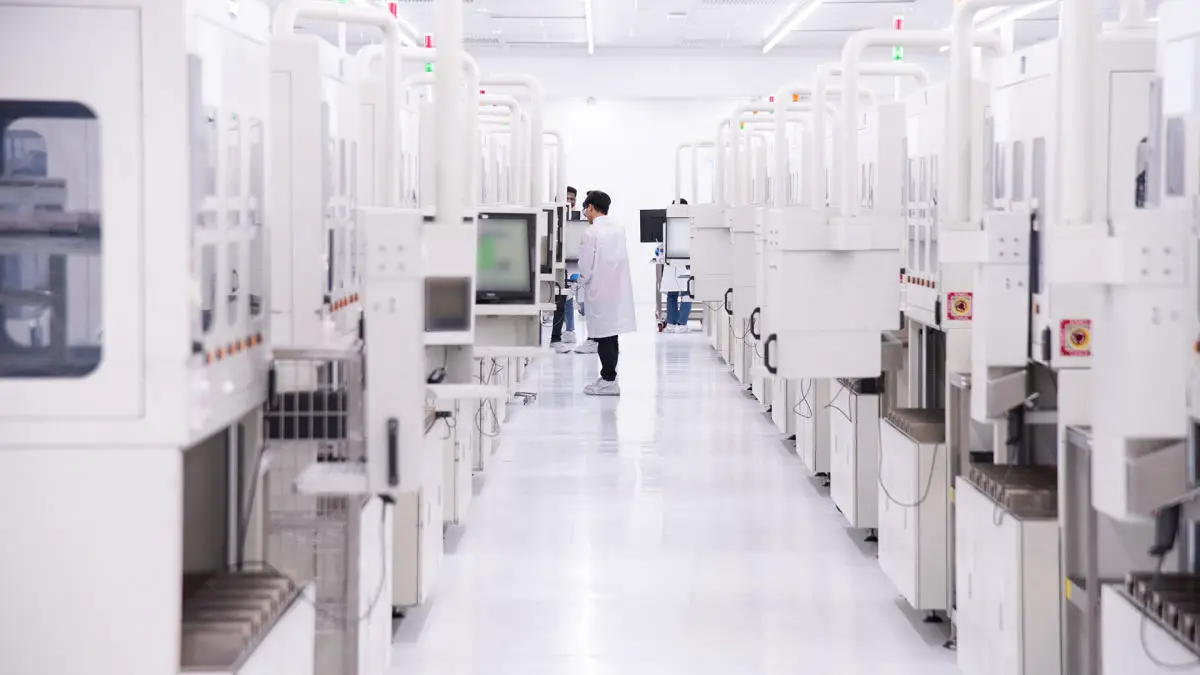When you buy through links on our articles, Future and its syndication partners may earn a commission.
When it comes to manufacturing high-end processors and other chips, one company dominates the market and that’s TSMC. The second largest producer, Samsung, is well behind and Intel makes the merest of impressions in the sector. So it’s perhaps not a surprise to learn that a daily newspaper in Korea has said that the latter two are planning to meet up and create a ‘foundry alliance’ to make headway in the chip market.
The publication in question is Maeil Business Newspaper (locally just known as MK) and its report about Intel reaching out to Samsung to arrange a meeting to discuss a foundry team-up (via Trendforce) does have some weight to it, as both companies have been struggling of late.
Intel’s foundry service has been losing substantial amounts of money and plans to expand its chip-making facilities outside of the US have been impacted by cost-cutting measures introduced due to the general downturn in the company’s finances. As things currently stand, Intel makes its own chips and has a number of other contracts, but otherwise, its order books are fairly empty.
It’s a better state of affairs over at Samsung. The tech giant manufactures RAM and NAND flash memory chips, as well as processors for its own phones, but it has hundreds of customers for its foundry services. However, it’s well short of the thousands that TSMC has and Trendforce notes that the latter has roughly 62% of the foundry market share compared to a mere 11% for Samsung.
But while it’s in a distant second place, Samsung makes far more chips than Intel does, so it raises a very obvious question: How would it benefit from being in a chip-making alliance with Intel?
Team Blue has two key pieces of technology it can bring to the discussion table: Foveros and PowerVia. The former is used in its Meteor and Arrow Lake processors to mount all of the various tiles into a single package and it’s been crucial for Intel to combat AMD and its chiplet technologies.
PowerVia is a production process that helps significantly reduce power consumption and heat generation. It was originally planned to be introduced with Arrow Lake until Intel switched to employing TSMC to make all the tiles.
Your next upgrade
Best CPU for gaming: The top chips from Intel and AMD.
Best gaming motherboard: The right boards.
Best graphics card: Your perfect pixel-pusher awaits.
Best SSD for gaming: Get into the game ahead of the rest.
Both companies also have production and packaging facilities around the world, and at a time when the US and EU are tightening restrictions on exporting chips to certain countries, having a wide local presence makes it easier to combat those limitations.


Leave a Comment